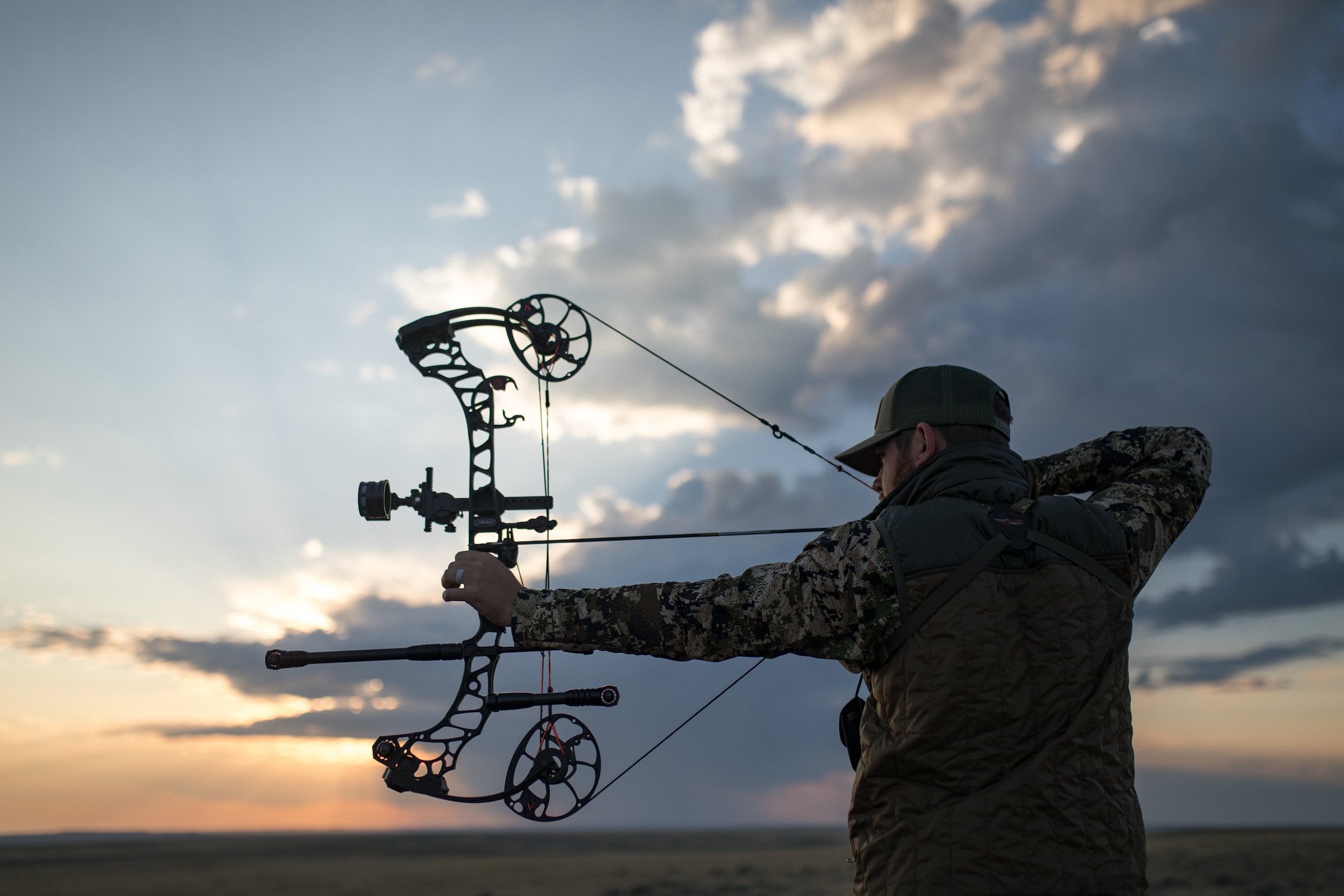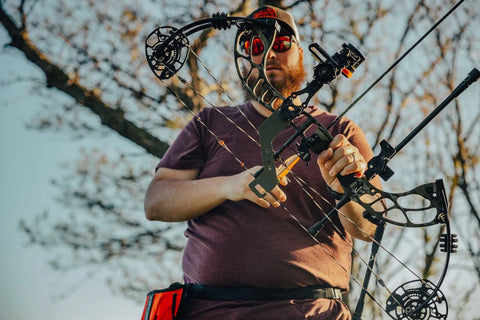Stay Steady: Checking Out the Advantages of Compound Bow Stabilizers
Stay Steady: Checking Out the Advantages of Compound Bow Stabilizers
Blog Article
Optimizing Your Archery Performance With the Right Substance Bow Stabilizer: a Thorough Summary
One often-overlooked yet vital component in boosting accuracy is the compound bow stabilizer. By recognizing the nuances of choose and maximizing a compound bow stabilizer, archers can tweak their equipment to raise their capturing experience to new degrees of efficiency and control.
Value of Bow Stabilizers in Archery

Furthermore, bow stabilizers help in balancing the weight circulation of the bow, which can enhance the archer's stability while aiming and firing. By including weight to the front of the bow, stabilizers can minimize the amount of torque experienced upon launch, leading to a smoother and much more controlled shot - compound bow stabilizer. This weight distribution likewise assists in holding the bow constant for a longer duration, enabling the archer to aim extra properly
Kinds of Substance Bow Stabilizers
When taking into consideration the numerous types of compound bow stabilizers readily available, it is crucial to recognize their unique features and features to determine the most appropriate choice for making the most of archery performance. The most common types of substance bow stabilizers include sidebar stabilizers, front stabilizers, and back stabilizers. Back stabilizers, additionally called back stabilizers, are mounted to the back of the bow and assist in reversing the weight of various other devices, resulting in improved stability and consistent intending.
Factors to Think About When Picking
In reviewing compound bow stabilizers, recognizing the distinctive features and features of each kind is critical for making an informed choice on the most ideal alternative to boost archery performance. When choosing a stabilizer, one have to take into consideration the weight of the stabilizer itself. By thoroughly examining these factors, archers can pick a compound bow stabilizer that lines up with their shooting design and maximizes their total performance on the archery range.
Installment and Change Tips
For optimum efficiency and precision in archery, mastering the installment and change of your bow stabilizer is vital. Correct installment begins with attaching the stabilizer to the bow's riser, guaranteeing it is strongly protected. A lot of stabilizers include placing equipment for simple setup, however it's essential to comply with the producer's standards for the specific version you have. When connected, adjusting the stabilizer involves discovering the appropriate balance in between weight distribution and size. Try out various mixes till you accomplish the preferred feel and stability.
When adjusting the stabilizer, start with tiny incremental modifications instead than extreme adjustments. Pay attention to exactly how the bow reacts to adjustments in stabilizer setups and make modifications accordingly. Frequently examine the stabilizer's rigidity and total condition to ensure it proceeds to work optimally.
Upkeep and Care Guidelines

When not in use,It is also vital to keep your bow with the stabilizer in a protected and safe place. compound bow stabilizer. Stay clear of leaving it in extreme temperature levels or subjected to guide sunshine for extended periods, as this can create damage to the stabilizer. Periodically check the stabilizer's placement to ensure it is still appropriately positioned on your bow. Adhering to these upkeep and care guidelines will aid you get one of the most out of your bow stabilizer and improve your general archery performance.
Conclusion
To conclude, picking the appropriate substance bow stabilizer is important for taking full advantage of archery performance. Understanding the importance, types, aspects to take into consideration, installation and change tips, along with upkeep and care standards can significantly influence one's precision and uniformity in shooting. By choosing a stabilizer that suits private demands and preferences, archers can boost their total efficiency and accomplish far better results on the variety or in competitors.
Bow stabilizers play a vital role in improving an archer's precision and uniformity by reducing vibrations and maintaining the bow throughout the launch of an arrow - compound look at this site bow stabilizer.Furthermore, bow stabilizers assist in stabilizing the weight circulation of the bow, which can improve the archer's stability while shooting and intending. The most typical kinds of compound bow stabilizers consist of sidebar stabilizers, front stabilizers, and back stabilizers. Back stabilizers, also called back stabilizers, are mounted to the back of the bow and aid in counterbalancing the weight of various other devices, resulting in improved security and steady intending. When picking a stabilizer, one have to take Learn More into consideration the weight of the stabilizer itself
Report this page